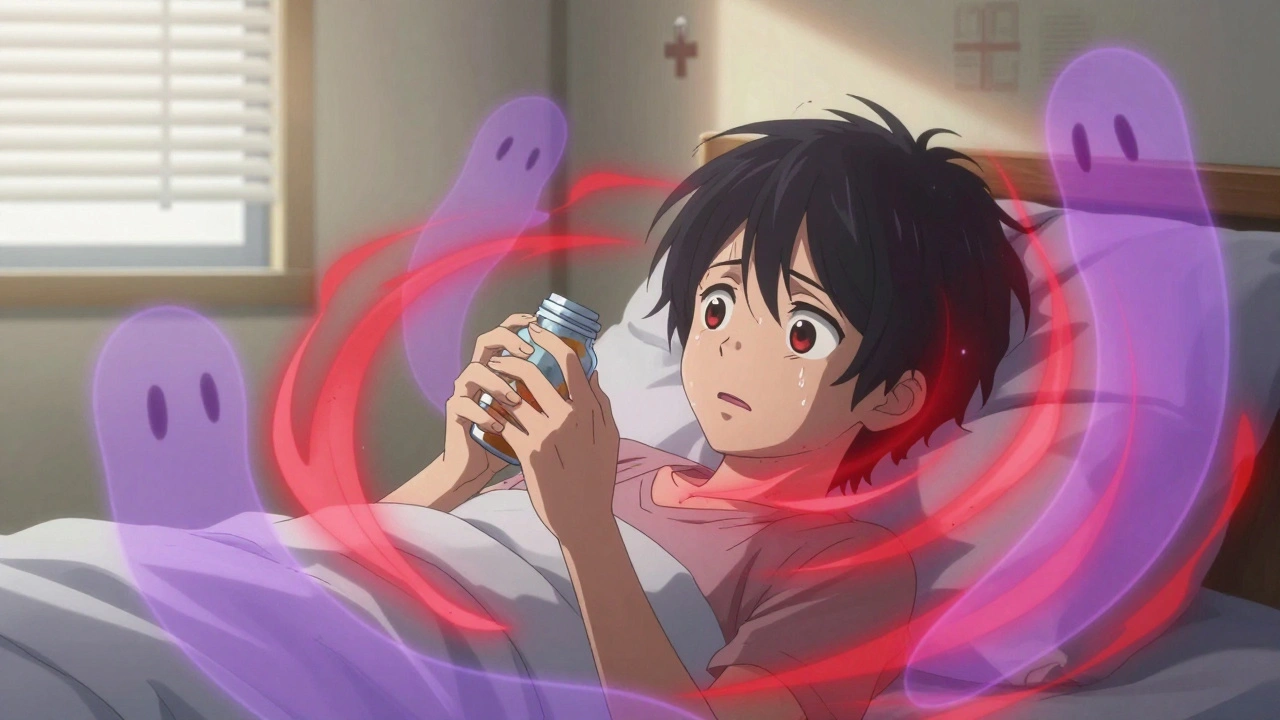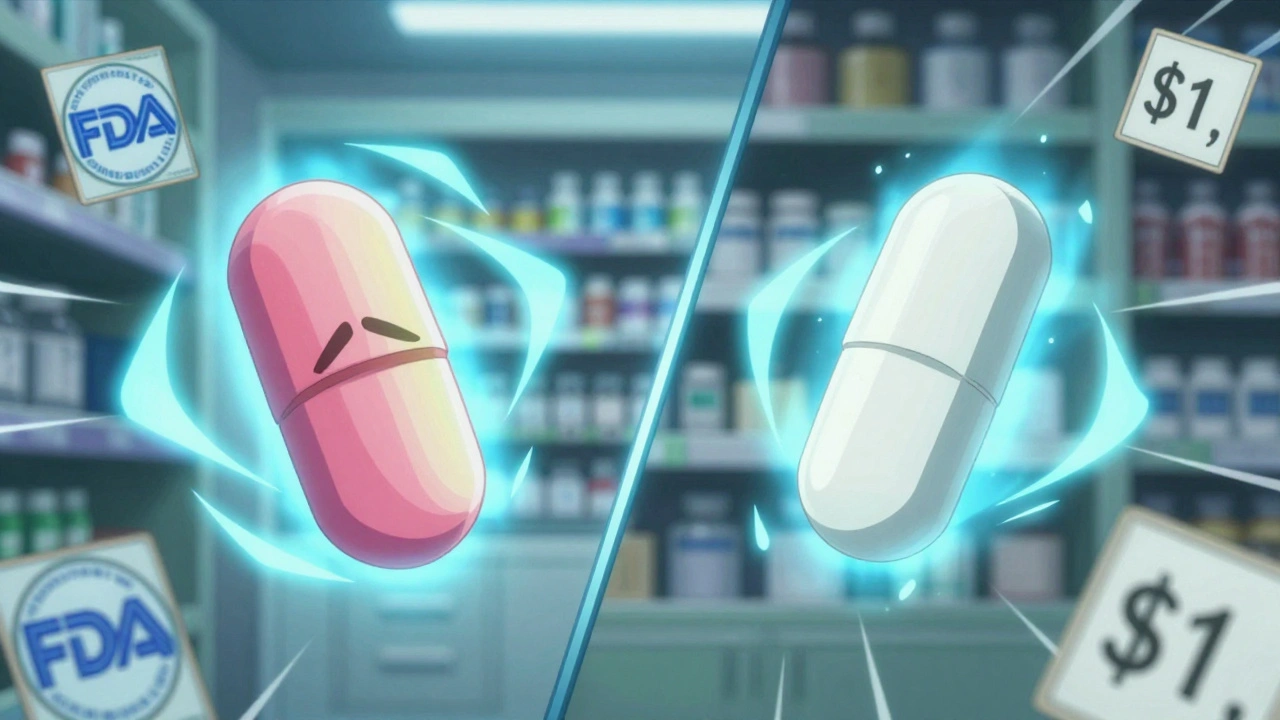Bladder Control Drugs – Your Quick Guide to Managing Urinary Health
When working with bladder control drugs, medications that help the bladder store urine better and reduce unwanted leaks. Also known as urinary incontinence meds, they are essential for people dealing with an overactive bladder or stress‑related leakage. Overactive bladder is a condition where the bladder contracts too often, causing urgency and frequency. To tame those symptoms, many prescriptions belong to the antimuscarinic drug class, which blocks the nerve signals that trigger sudden bladder squeezes. Other options include beta‑3 agonists, which relax the bladder muscle and increase storage capacity. Understanding how each class works lets you pick the right tool for your lifestyle, whether you need a once‑daily pill or a medication you can take only when symptoms flare.
Key Drug Classes and How They Work
The most common bladder control drugs fall into two families. First, antimuscarinics such as oxybutynin, tolterodine, and solifenacin bind to muscarinic receptors in the bladder wall, reducing involuntary contractions. Their downside can be dry mouth, constipation, or blurred vision, but many users find the trade‑off worth the freedom from frequent bathroom trips. Second, beta‑3 agonists like mirabegron activate beta‑3 receptors, prompting the bladder to relax and hold more urine without the classic anticholinergic side‑effects. Some clinicians combine a low‑dose antimuscarinic with a beta‑3 agonist for synergistic relief, especially when single‑drug therapy falls short. Beyond pills, behavioral strategies amplify drug benefits. Pelvic‑floor muscle training, timed voiding, and fluid‑management plans can cut the needed medication dose and improve overall outcomes. For example, a short daily regimen of Kegel exercises strengthens the muscles that support bladder closure, making leaks less likely even when the bladder is full. When drug side‑effects become bothersome, these non‑pharmacologic steps often provide the backup needed to stay comfortable. Choosing the right regimen involves a few practical steps. Start by confirming the diagnosis—distinguish between stress incontinence, urgency incontinence, or mixed types—because each may respond differently to antimuscarinics versus beta‑3 agonists. Next, consider your health profile: patients with glaucoma, prostate enlargement, or certain heart conditions might need to avoid specific antimuscarinics. Finally, discuss any existing medications because some drugs can interact and increase side‑effects. A personalized plan, often built with a pharmacist or urologist, ensures you get the maximum benefit while keeping risks low. The collection below pulls together articles that break down price‑comparison guides for popular generic options, safety tips for online purchases, and deeper dives into how each drug class compares. Whether you're hunting for a cheap generic version of a brand‑name bladder medication or want to learn how to combine drug therapy with pelvic‑floor exercises, the posts ahead give you concrete, actionable information you can use right away.
Ditropan (Oxybutynin) vs Alternatives: Find the Best Overactive Bladder Medicine
Compare Ditropan (oxybutynin) with leading overactive bladder alternatives. Learn about efficacy, side‑effects, dosing and cost to choose the right drug.






